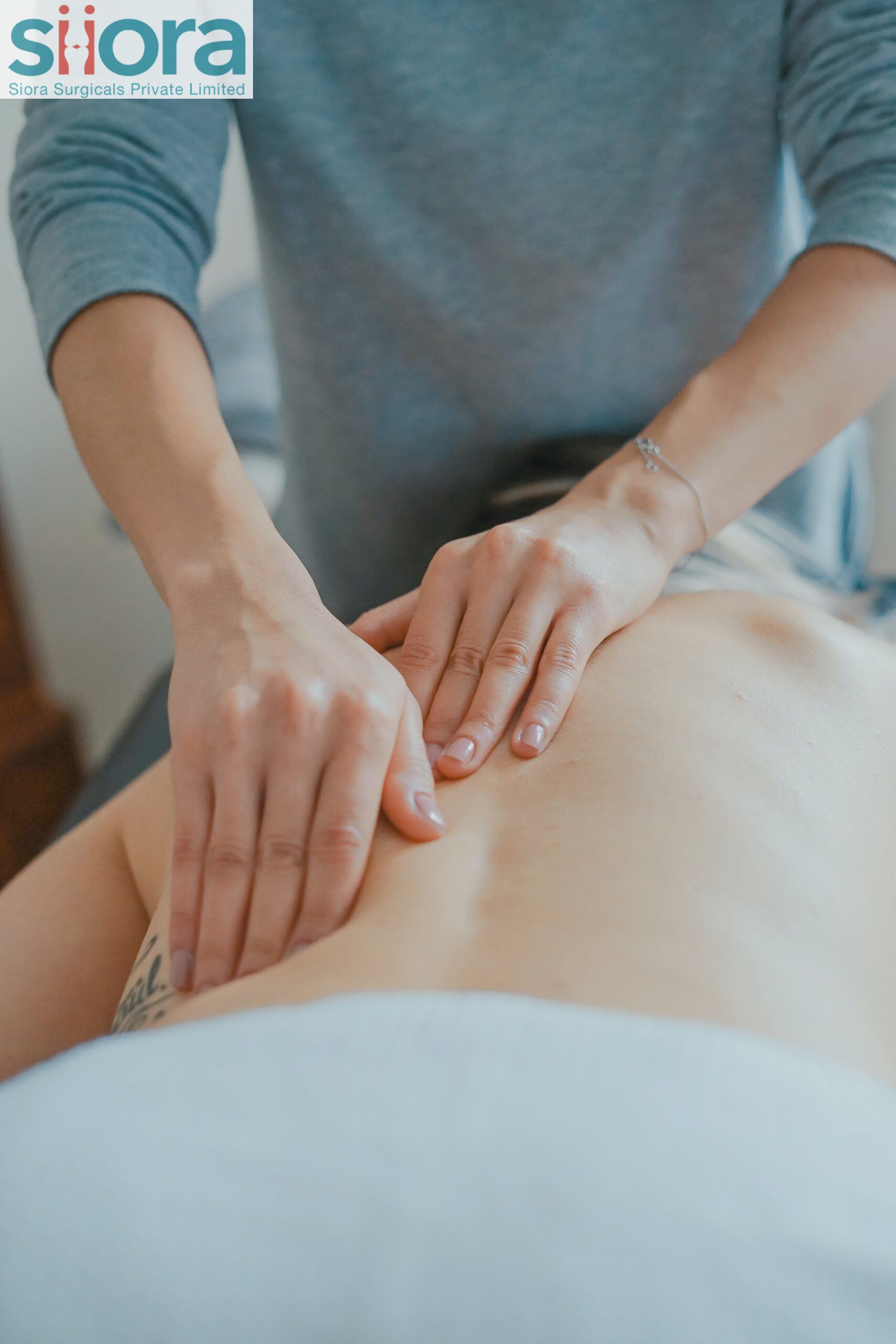When it comes to our health, we often focus on the visible aspects—weight, cardiovascular health, or even mental well-being. But there’s an unseen force silently affecting millions of lives: osteoporosis. Often overlooked until it becomes a serious issue, understanding this condition is crucial for maintaining robust bone health. In severe cases, even Orthopaedic Trauma Implants may not work if a fracture occurs.
What is Osteoporosis?
Osteoporosis, a word derived from Greek, translates to “porous bone.” It’s a condition where the density and quality of bone are reduced, leading to a higher risk of fractures. Picture your bones as a sturdy building—osteoporosis weakens the foundation, making it more susceptible to cracks and breaks.
The Silent Culprit
One of the most insidious aspects of osteoporosis is its silent progression. Unlike a sudden injury or illness, it creeps up gradually, without noticeable symptoms until a fracture occurs. Imagine a tree with weakened roots—everything seems fine until a strong wind blows, and the tree comes crashing down.
Who is at Risk?
Osteoporosis doesn’t discriminate; it can affect anyone. However, certain factors increase the risk. Aging is a primary contributor, as bone density naturally decreases with age. Women, especially post-menopausal, face a higher risk due to hormonal changes affecting bone density. Family history, low body weight, and certain medications are also factors to consider.
Understanding the Bone Building Process
To comprehend osteoporosis, we must understand how bones are built and maintained. Bone is a living tissue that constantly undergoes a process of renewal. Specialized cells called osteoblasts build new bone, while osteoclasts break down old bone. In a healthy scenario, this balance ensures strong and resilient bones. However, in osteoporosis, the scale tips, leading to more bone breakdown than formation.
The Role of Calcium and Vitamin D
Calcium is the backbone of bone health. It’s not just about drinking milk; a balanced diet with sufficient calcium is essential. Vitamin D plays a vital role too, aiding in the absorption of calcium. So, bask in the sun for that much-needed vitamin D, and don’t forget to include dairy, leafy greens, and other calcium-rich foods in your diet.
Lifestyle Choices Matter
While genetics plays a role, lifestyle choices are crucial in preventing osteoporosis. Regular weight-bearing exercises, such as walking or strength training, stimulate bone formation. On the flip side, sedentary lifestyles contribute to bone loss. Smoking and excessive alcohol consumption are also linked to weaker bones, so moderation is key.
Screening and Early Detection
Since osteoporosis often goes unnoticed until a fracture occurs, proactive measures are vital. Bone density tests, often recommended for postmenopausal women and older men, can help identify early signs of bone loss. Early detection allows for timely intervention, potentially preventing fractures and complications.
Building Bone Resilience
Prevention is the best medicine. Start early by adopting a bone-friendly lifestyle. Ensure a balanced diet, engage in regular exercise, and avoid excessive alcohol and tobacco. For those at higher risk, medications to improve bone density may be recommended under the guidance of a healthcare professional.
Taking Charge of Bone Health
Understanding osteoporosis empowers us to take charge of our bone health. It’s not just a concern for the elderly; it’s a lifelong journey. By adopting healthy habits early on, we can build a strong foundation that withstands the test of time. So, let’s demystify osteoporosis, break the silence, and fortify our bones for a healthier and more resilient future.
Know more about recent advancements in the orthopedic industry and interact with experts from around the world at the AAOS Exhibition in 2024.

